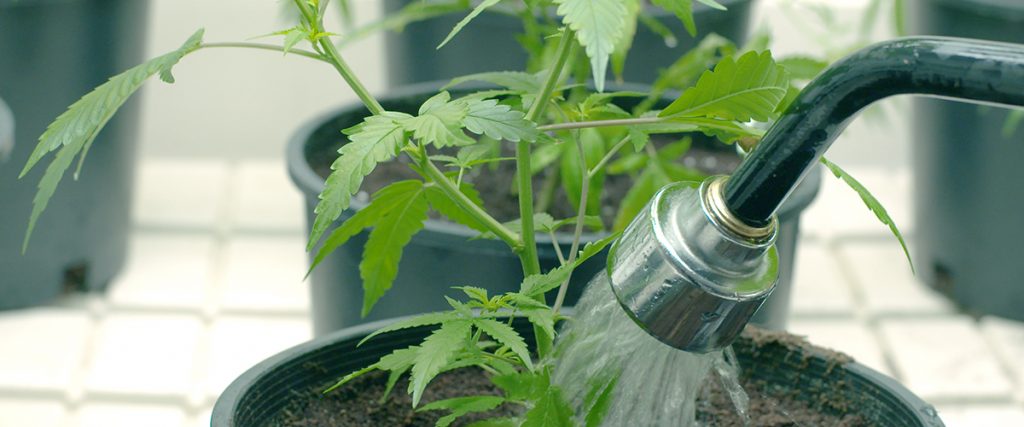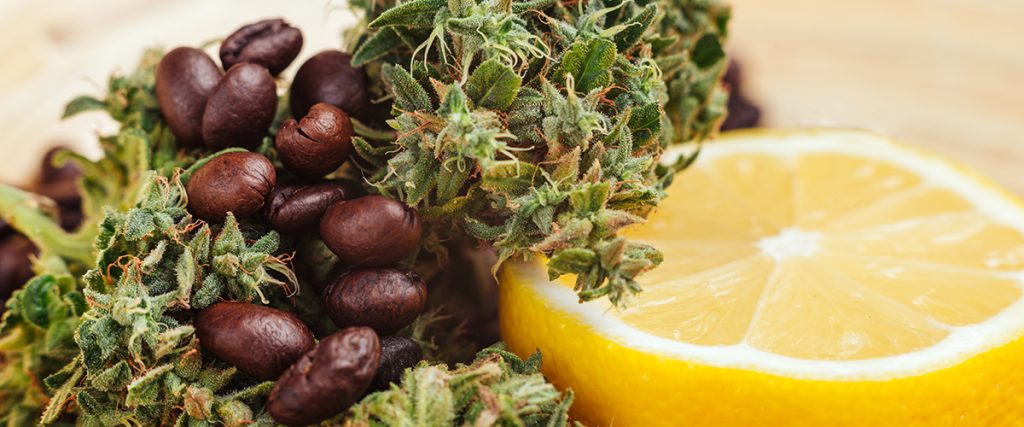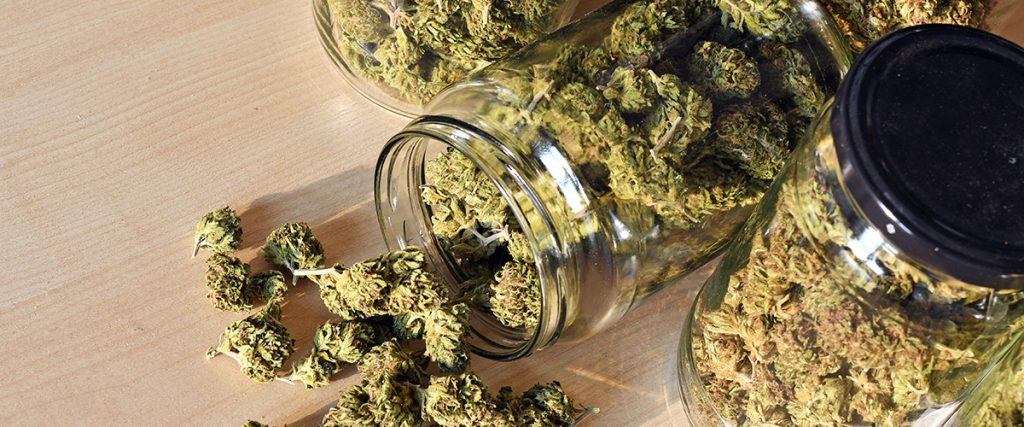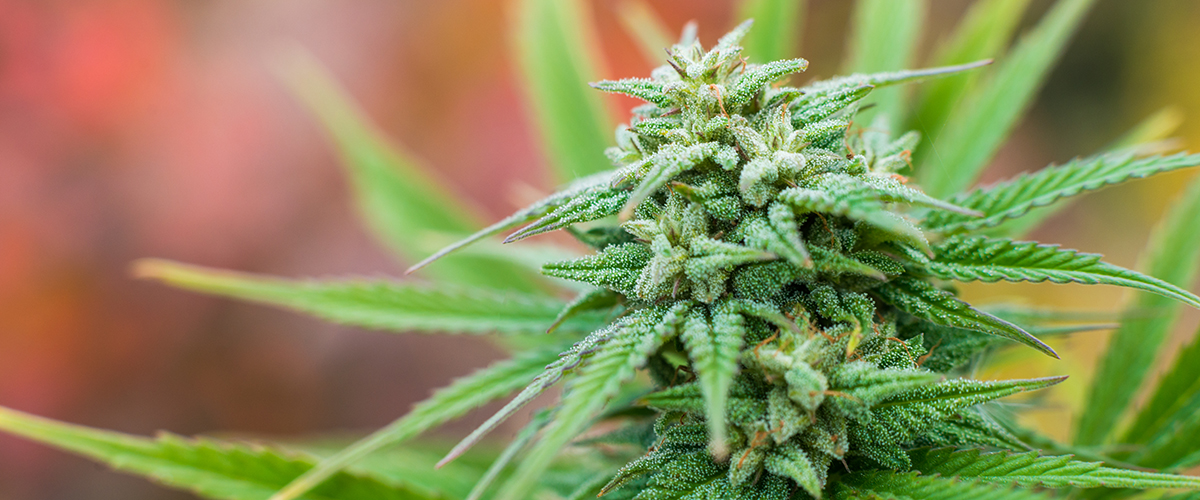Trying to choose between an indica, sativa, or hybrid when you visit the marijuana dispensary? We can help!
Cannabis strains are typically broken up into one of three distinct groups: indica, sativa, hybrid. Although all these strains are considered marijuana, these general classifications help users determine the types of effects, smells, and even flavors they should expect from a strain. While these classifications aren’t perfect, they offer a good start to understanding marijuana strains.
First we will look at the origins of marijuana strains and some of the differences between indica vs sativa, before going into detail about hybrid cannabis strains.
Origin of Cannabis Strains
When speaking of the original locations for indica and sativa strains, we must discuss landraces. These original landraces (a region’s native, naturally occurring cannabis strain) are locally adapted strains optimized through natural evolution to grow in their specific microclimates around the world.
Indica strains are generally agreed to have originated near Central Asia and spread to regions in India, Nepal, Pakistan, Afghanistan, Morocco, and Turkey. Indica landraces like Afghani Kush, Hindu Kush, Mazar I Sharif generally thrived between 30° and 50° latitudes by adapting to these local growing conditions.
Growing in warmer weather, sativa landraces, like Durban Poison, Panama Red, and Acapulco Gold, originated in the countries located on or near the equator, such as Colombia, Mexico, Thailand, and Southeast Asia. Today, sativa strains still grow wild throughout many humid and tropical areas of the world.

These naturally growing cannabis landraces formed the genetic backbone for modern marijuana strains. By crossbreeding these landraces, as well as the strains that were produced by this breeding, the immense variety of cannabis strains we have now was made possible.
Morphology and Growth
Visually, it is often possible to identify an indica vs sativa plant by focusing on certain characteristics.
Indica strains tend to grow short and bushy – usually under 6 feet tall. Sativa strains, on the other hand, can potentially reach heights up to 20 feet when grown outdoors and their branches are spread out and grow upwards. Sativa leaves are long and narrow, while the leaves of an indica plant are thicker and broader.
Because they grow smaller, indica strains are well suited for cultivating indoors. Indica plants typically produce less of a yield than sativa plants. However, this lower yield is offset by an indica’s shorter growing cycle.
Sativa plants have much longer vegetation periods than indica strains, taking anywhere from 10 to 16 weeks to fully mature during the flowering period. This longer vegetation period often results in a much higher yield come harvest.

Chemical Composition
On a chemical level, indica and sativa strains are different in the make up of their cannabinoid content, as well as in the balance of other compounds, such as terpenes.
There are over 100 cannabinoids that have been identified in the cannabis plant, including tetrahydrocannabinol (THC) and cannabidiol (CBD), the primary cannabinoids found in marijuana.
Pure sativa strains usually produce a high THC content and low CBD content. Landrace indica strains, on the other hand, tend have a lower THC content and a somewhat higher CBD content. However, thanks to crossbreeding, both indica and sativa strains, as well as their hybrid strains, can be found with varying THC:CBD cannabinoid concentrations.
After THC, CBD is the second most prevalent cannabinoid found in marijuana. CBD is noted for the way it interacts with the body, controlling the effects of THC and perhaps modulating a strain’s particular high.
At least 120 different terpenes have also been found in cannabis. The concentration and balance of these terpenes can largely influence the flavor and scent of a particular strain – and may even affect its high.
Indica strains are known for having flavor profiles ranging from sweet musk and rich earth to dark fruit, like berry and grape, while sativa strains are known for citrus, pine, and even tropical profiles.

Effects
Although each cannabis strain will have nuanced effects on the body and mind, indica and sativa classifications can help users determine how a strain’s personality will manifest itself.
Effects from indica strains exist predominantly in the body, though the hundreds of hybrids available differ widely in their exact effect profiles.
Indica effects can be described as
- Calming
- Relaxing
- Sedating
- Soothing
Many consumers turn to indica dominant strains after strenuous activity to better manage their recovery or other chronic issues. Indica strains are also ideal for nights spent at home watching a movie or binge watching TV as a way to disconnect. This incredible relaxation is good for unwinding from a long day or a busy week. Some of the heavier feeling indica strains are perfect for right before bed, helping you to clear your mind and physically melt into sleep.
Sativa strains, on the other hand, tend to manifest their effects in the mind, for a more cerebral high.
Sativa effects can be described as
- Uplifting
- Energetic
- Motivating
- Creative
The euphoric response produced by sativa strains can encourage deep conversation and enhance creativity, which is why it’s often most suited for daytime use or social situations. Because of its uplifting properties, sativa dominant marijuana strains are often used by those struggling with mood issues.
A Note About Hybrids…
Technically speaking, all marijuana strains – except for native landraces – are hybrids, combining the effects of their parent strain genetics into a single strain. These hybrids can be a blend of indica and sativa strains and even other hybrids, creating a diverse selection of strains, each with a mix of physical characteristics and effects.
For example, the popular strain Girl Scout Cookies reportedly pulls its genetics from the pure sativa Durban Poison and a hybrid strain called OG Kush, which is in turn a likely crossbreeding of Chemdawg and a Hindu Kush landrace. Just as Girl Scout Cookies is a product of breeding, the strain itself has been used as a parent to create dozens of new strains now on dispensary shelves. The same kind of mixed indica and sativa genetics can be found in the popular strain Blue Dream.

Tracing the genetics of these hybrid strains can become confusing, as popular strain resources now list nearly two thousand different strain names, each with its own unique genetic family tree. The more removed these hybrids are from the original landraces, the more unique strains are involved in creating their genetics.
Strains will take on the characteristics of its parent strains, including their scent and flavor profiles. This ability to breed strains together creates an almost endless combination of terpene and cannabinoid compositions. This breeding also allows cultivators to create a myriad of effects. These effects will manifest as either indica dominant, sativa dominant, or balanced hybrids, depending on the parent strains used in breeding.
When shopping for a hybrid strain at your local dispensary, your budtender should be able to tell you if it leans sativa or indica dominant or if it is a 50/50 hybrid with balanced influence from both sativa and indica genetics. Knowing a strain’s parent genetics and the ratio of its indica or sativa dominance can help new and experienced users alike to find the strain that best fits their individual preferences.
… and Phenotypes
When we talk about a strain’s genetics, that is its genotype or the DNA that determines its blueprint for growth. A phenotype, however, is an organism’s observable characteristics – an expression of both its genetics and environmental influences. In cannabis strains, different phenotypes are sometimes called cuts.
A phenotype is the actual plant that grows and any variations that may exist due to external fluctuations. This physical expression of a plant’s genes is responsible for any variations that may occur within a strain when it is grown. Whether a certain harvest of your favorite strains has an interesting smell or exhibits stronger indica or sativa effects than expected, it may be due to that particular phenotype and the environment in which it was grown.
Dig Deeper
You can learn more about indicas and sativas on our Cannabis 101 page, or find the most potent strains on earth here.






